Sample Resignation Letter Templates for Every Situation
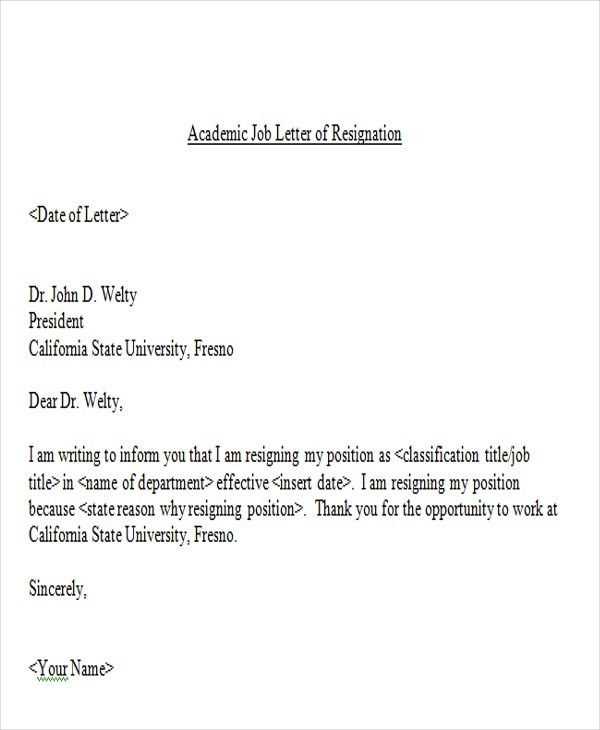
Leaving a job can be a challenging experience, and expressing your departure professionally is key. A well-written document ensures that you leave a positive impression, maintaining respect and professionalism throughout the process.
Whether you’re moving to a new opportunity or taking a break, having a clear and concise way to communicate your decision is important. The right approach can help you part ways on good terms, preserving relationships for the future.
Knowing the structure and essential components of this document can make the task easier. The goal is to convey your intent in a straightforward yet courteous manner, leaving no room for ambiguity.
Understanding the key points to include will help you craft a message that reflects your reasons for leaving while keeping the tone neutral and appreciative of the experiences you’ve gained.
Understanding Resignation Letters
When it comes to parting ways with an employer, clear and respectful communication is essential. This type of written communication serves as a formal notice of your intent to leave a position, ensuring a professional conclusion to your time at the company.
Its purpose is not just to inform your employer, but also to maintain a positive relationship for future references. The tone should reflect gratitude for the opportunities provided, while clearly stating your decision to move on.
It’s important to understand the key components of this document. A well-structured note typically includes a brief explanation, the official notice period, and any necessary acknowledgments. By following the right format, you ensure your message is both clear and professional.
What to Include in Your Letter
When drafting your formal notice, it’s important to ensure that all necessary elements are included. This ensures your communication is clear, concise, and professional, leaving no room for confusion.
Here are the key components you should include:
- Gratitude: Express appreciation for the opportunities you’ve had at the company. This helps maintain positive relationships even after you leave.
- Reason for leaving: While not always necessary, providing a brief explanation can be helpful. Keep it positive and avoid any negative language.
- Official departure date: Clearly state the date you intend to leave. Make sure it aligns with your company’s notice period policy.
- Offer to help with transition: Offering assistance with the handover of your duties shows professionalism and consideration for your team.
- Closing remarks: End with a positive and courteous statement to express well-wishes for the future.
By including these key elements, you ensure that your message is professional and leaves a lasting, positive impression.
Common Mistakes to Avoid
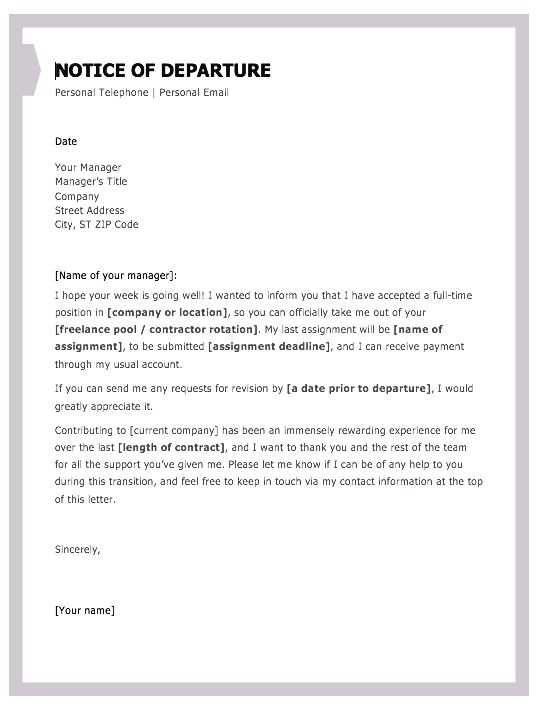
When crafting a formal notice of departure, it’s important to steer clear of common errors that can affect your professional image. A poorly written document can leave a negative impression and harm future opportunities. Understanding these common missteps can help you maintain a courteous and respectful tone.
Top Mistakes to Avoid
| Mistake | Why It’s Harmful |
|---|---|
| Being too vague | A lack of clarity can cause confusion and may leave your employer unsure about your intentions. |
| Using negative language | Negative comments about the company or colleagues can create unnecessary tension and reflect poorly on you. |
| Not providing enough notice | Failing to adhere to the required notice period can leave your team in a difficult position and may damage your reputation. |
| Over-explaining your reasons | Providing too many details about your departure can come across as unnecessary and unprofessional. |
Key Takeaways
By avoiding these common mistakes, you can ensure your departure is handled professionally and respectfully. Keeping the message clear, concise, and courteous is essential for maintaining positive relationships and leaving a lasting, favorable impression.
How to Tailor Your Letter
Customizing your farewell communication ensures it reflects your specific situation and maintains a professional tone. A personalized message shows thoughtfulness and respect for your employer, which can leave a lasting positive impression.
Consider Your Relationship with the Company
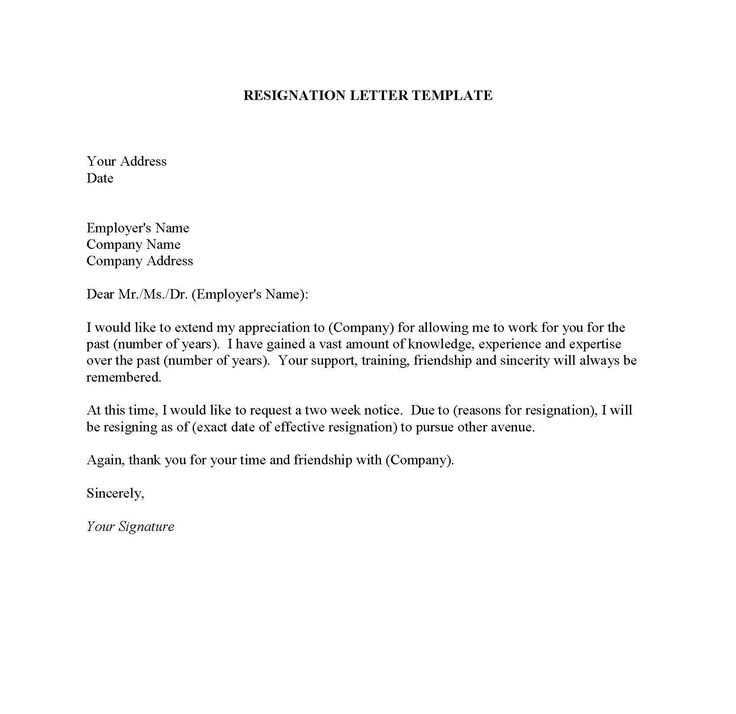
Personalizing the tone is crucial. If you had a close relationship with your employer, a slightly warmer tone may be appropriate. However, if your tenure was brief or the relationship was more formal, a straightforward and respectful approach will be best.
Adjust the Content Based on Your Reason for Leaving
Tailor the explanation to suit your reason for departure. For instance, if you’re leaving for a new job, briefly mentioning it in a positive light is fine. If you’re moving for personal reasons, there’s no need to go into detail; just keep it general but gracious.
When to Submit Your Resignation
The timing of your formal departure notice plays a crucial role in maintaining professionalism. Submitting it at the right moment ensures a smooth transition and allows your employer adequate time to make necessary adjustments.
Follow the Required Notice Period
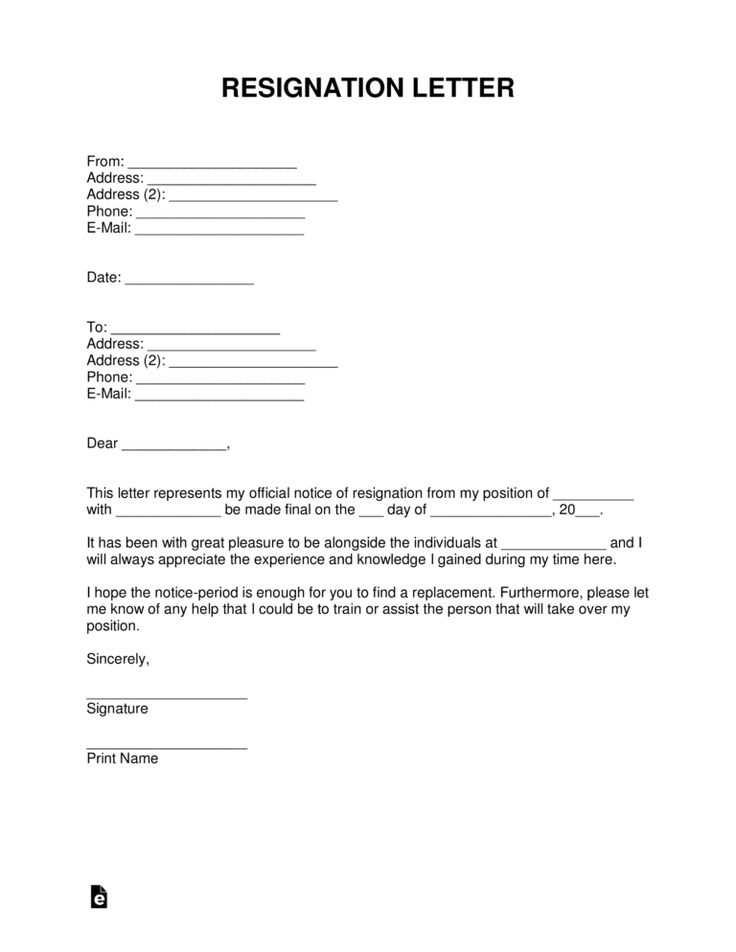
Adhering to the notice period specified in your employment contract is essential. It not only shows respect for company policies but also helps in ensuring a smooth handover of your responsibilities.
Consider Timing Within the Company’s Cycle
Timing your submission wisely within the company’s financial or project cycles is also important. If possible, submit your notice after a major project concludes, allowing your employer to plan for your replacement without disrupting the workflow.
After You Submit: Next Steps
Once you’ve officially submitted your departure notice, the next phase involves navigating the transition process. This period is critical for ensuring that you leave on good terms and that all tasks are handed over smoothly.
Prepare for the Handover
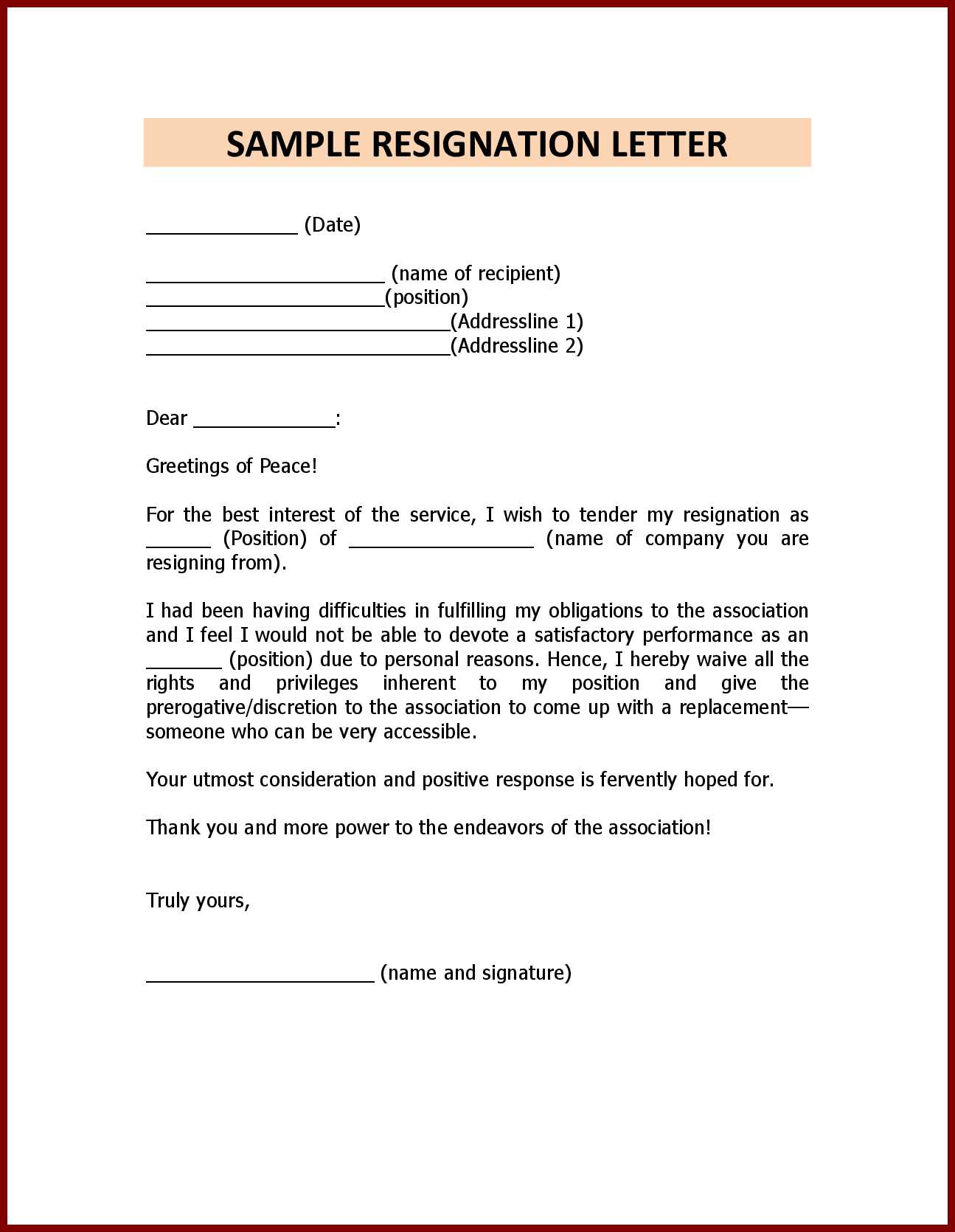
Organize your work to make the transition as seamless as possible. Create a list of ongoing projects, responsibilities, and any necessary instructions for the person who will take over your duties. This will show professionalism and a commitment to helping the team succeed even after your departure.
Maintain Professionalism Throughout the Notice Period
Stay focused and engaged during your remaining time at the company. Continue performing your tasks diligently and remain available for any questions or assistance needed by your colleagues or managers. Maintaining a positive attitude ensures that your departure will be remembered favorably.